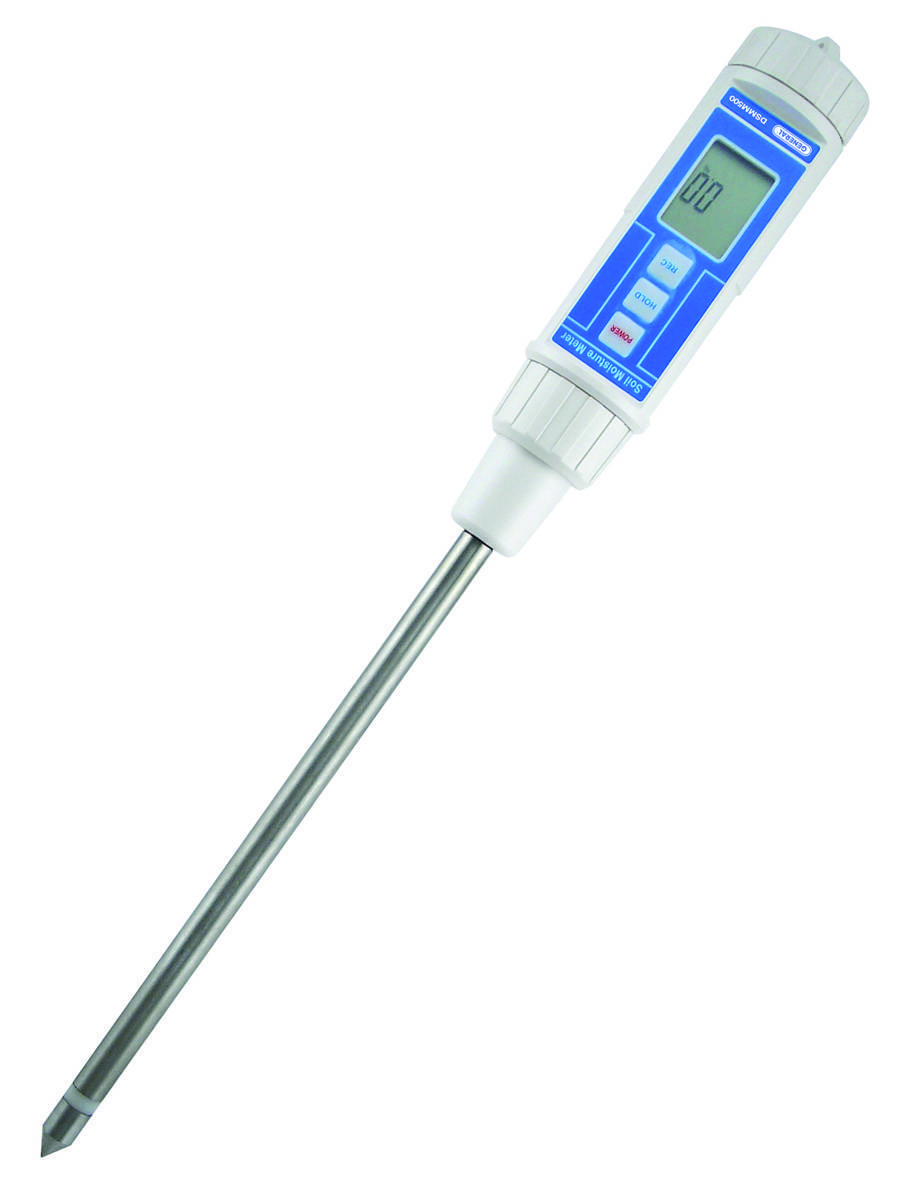Recognizing the Significance of a Wetness Meter in Preventing Mold And Mildew and Water Damage in your house
In the world of home maintenance, the existence of wetness can frequently be a quiet yet awesome adversary, capable of causing prevalent mold development and perilous water damages if left unattended. Understanding the value of a wetness meter in this fight is not just an option yet a calculated requirement.

Importance of Dampness Discovery
Efficient dampness detection approaches are important for guarding residential properties and preventing prospective mold and mildew development and water damage. Wetness can seep into different building materials, leading to structural problems and wellness risks - Moisture Meter. By making use of a wetness meter, homeowner can proactively recognize locations prone to excess wetness, allowing for prompt treatment and reduction approaches
Wetness meters supply precise analyses of wetness degrees in different products such as concrete, drywall, and timber. This information aids in identifying locations of worry, also in hard-to-reach or concealed locations. Early discovery of wetness build-up makes it possible for prompt repairs or changes to avoid additional damages.

Exactly How Moisture Meters Job
Wetness meters play a critical function in the positive identification of excess dampness, assisting in the avoidance of possible mold and mildew development and water damage by giving exact analyses of moisture degrees in numerous building materials. These tools work based on different principles, relying on their kind. Pin-type dampness meters, for instance, have two pins that penetrate the material to gauge the electrical resistance between them. When dampness is existing, it boosts the material's conductivity, causing a reduced resistance reading. Pinless moisture meters, on the other hand, use electromagnetic sensing units to check the material without triggering damage. These sensing units produce electromagnetic signals that permeate the product and measure the dielectric homes, indicating dampness material. Some advanced moisture meters pin both combine and pinless modern technologies for comprehensive dampness discovery. Recognizing exactly how moisture meters feature is essential for precise and prompt dampness degree analyses, making it possible for efficient preventative measures versus mold and water damages.
Detecting Early Indication
Upon initial assessment of a home, identifying subtle signs of excess moisture becomes essential in the early discovery of prospective mold and mildew development and water damage. Water spots can indicate leaks or infiltration, while peeling paint or wallpaper might be a result of moisture endangering the attachment of these products to the surface area. Additionally, a boost in allergy symptoms or respiratory concerns among residents may recommend the existence of mold due to excess dampness.


Avoiding Mold And Mildew Growth
Recognizing very early caution signs of excess wetness within a residential property not only enables prompt detection of possible mold growth and water damage but additionally offers as an aggressive measure in stopping the expansion of mold. To successfully protect against mold and mildew growth, it is vital to resolve any kind of resources of moisture promptly.
Along with resolving moisture resources, maintaining interior moisture levels below 60% can considerably hinder mold development. Appropriate air flow, ample insulation, and utilizing air conditioning unit or followers can assist regulate indoor moisture levels. Keeping an eye on moisture degrees in locations susceptible to wetness, such as cellars and crawl rooms, using a wetness meter can additionally help in early discovery of raised dampness levels and potential mold and mildew growth. By taking aggressive steps to stop excess dampness and other mold development, property owners can secure their building and interior air top quality.
Benefits of Normal Surveillance
Routine monitoring of dampness levels in a property can play a crucial role in maintaining my sources a healthy indoor atmosphere and protecting against prospective mold and water damage. By consistently checking dampness degrees, homeowners can discover any concerns promptly and take essential activities to avoid mold and mildew development and water damage.
Furthermore, normal surveillance enables property owners to track patterns and trends in dampness degrees over time. Inevitably, the constant monitoring of dampness levels equips home owners to protect their building, protect their health, and preserve the honesty of their interior environment.
Verdict
In final thought, the use of a moisture meter is crucial in stopping mold and mildew and water damages in homes. By finding very early caution indicators of moisture, homeowners can take aggressive measures to stop mold and mildew growth and expensive fixings.
By utilizing a moisture meter, residential property proprietors can proactively determine areas vulnerable to excess moisture, enabling for timely intervention and reduction methods.
Wetness meters give accurate analyses of dampness levels in various materials such as concrete, drywall, and wood.Moisture meters play a pivotal duty in the aggressive identification of excess dampness, assisting in the avoidance of potential mold and mildew growth and water damage by supplying precise analyses of wetness levels in numerous structure products. Comprehending how moisture meters function is necessary for accurate and timely wetness level evaluations, allowing efficient precautionary their website steps versus mold and mildew and water damage.
Keeping track of dampness levels in areas vulnerable to moisture, such as basements and crawl areas, using a moisture meter can also aid in early detection of raised moisture degrees and prospective mold and mildew growth.